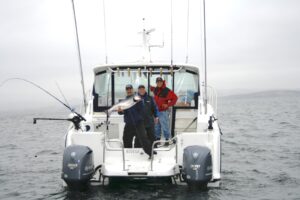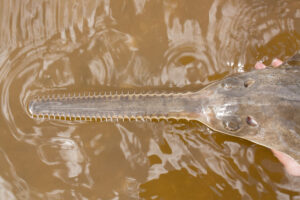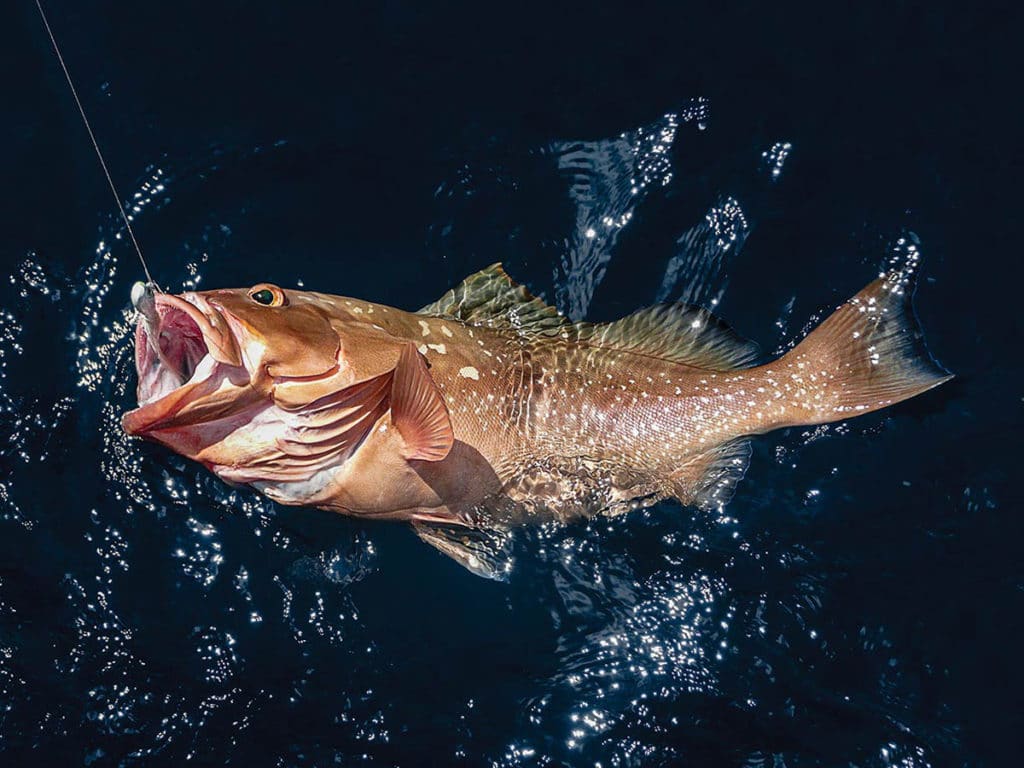
The Gulf of Mexico is back in the news. Or still in the news, anyway. But the news is not about red snapper this time — it’s about red grouper. And it’s still a heated conversation about who’s ox gets gored. But unlike some management issues, this one has several layers of complication.
Jumping back to 2006, the Gulf of Mexico Fishery Management Council (GMFMC) was faced with having to allocate red grouper between recreational and commercial users. Some believe this is the hardest thing that Regional Fishery Management Councils (RFMCs) have to do. It may be the most contentious as it determines winners and losers. But if the process that the allocation is based on is transparent, thoughtful and fair, my feeling is that the stakeholders have little to complain about. Of course, that does not mean they won’t.
Amendment 30B to the Fishery Management Plan for Reef Fish Resources of the Gulf of Mexico made the initial red grouper allocation of 76% commercial to 24% recreational by using the sectors’ respective landings data from 1986-2005. The recreational landings were based on the old Marine Recreational Fisheries Statistics Survey (MRFSS). Even though those numbers were suspect, as indicated by a National Academy of Scientists (NAS) report, they were all that was available. “The best available science,” as mandated under the Magnuson Stevens Act (MSA). Those landings also incorporated the available data for discard mortality.
A New Way to Measure Recreational Fish Landings
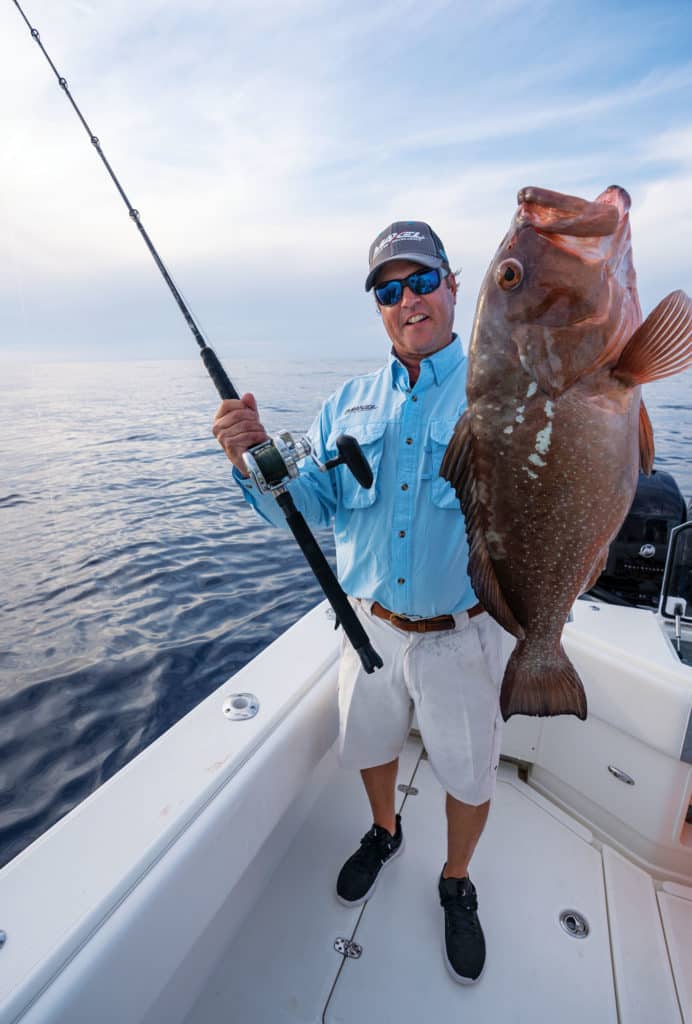
Fast forward a few years during which time there continued to be some concern about the landings and overall mortality of red grouper as a result of recreational fishing. In June of 2021 NOAA issued a draft environmental impact statement for Amendment 53 to the Fishery Management Plan for Reef Fish Resources of the Gulf of Mexico that made some corrections to Amendment 30B. For openers, MRFSS data was not used to estimate recreational landings. The newer Marine Recreational Information Program (MRIP) Fishing Effort Survey (FES) was used instead of the old Coastal Household Telephone Survey (CHTS). The FES was deemed to give a more accurate catch. Well, what the FES said was that anglers were catching more than previously indicated. In fisheries management, which is backward looking (and this seems counter intuitive), when more fish are caught than expected and all the other elements stay relatively even, there are more fish out there. That means the stock assessment would indicate a larger spawning stock.
So using the same model to adjust each sector’s catch, Amendment 53 changed the commercial/ recreational split from 76/24 to 59.3/40.7 percent, according to what was then the best available science. The winners and losers thing again. The results of recalibration in the red grouper fishery did not reduce the commercial allocation by a single fish. Still, nobody thought that the commercial users would cheer this change. Their almost immediate reaction was to file a lawsuit against NOAA Fisheries for what they deemed to be violations of the MSA. The commercials complained that this was a reallocation that would increase recreational discards. NOAA disagreed on most of the points made in their suit.
Battling for Red Grouper Allocation in the Gulf
When I first read about this, my reaction was “Aw c’mon. Nothing changed but corrected numbers. This isn’t a reallocation. What would the commercial sector have said if the correction increased their share? Likely nothing!” There is a little more to it however.
In some of its early complaints, the commercial sector argued that increasing the recreational catch would increase the discards to an unacceptable level. NOAA Fisheries agreed that it would increase the discards, but the discard mortality remained constant. NOAA increased the buffer between the annual catch limit (ACL) and the annual catch target (ACT) by 12.5% for the recreational sector to help make sure that the catch target was not exceeded. In a subsequent action, the overall quota was increased to account for the recalculated spawning biomass. It should also be noted that the commercial sector has not been landing its full quota. There is likely more than one reason this is happening.
According to the Gulf Coast Seafood Alliance, “the suit alleges that NOAA showed unlawful favoritism when it decided to raise grouper quotas for recreational fishermen at the expense of commercial fishermen, and that the result will harm the red grouper stock.”
Recreational Anglers Win
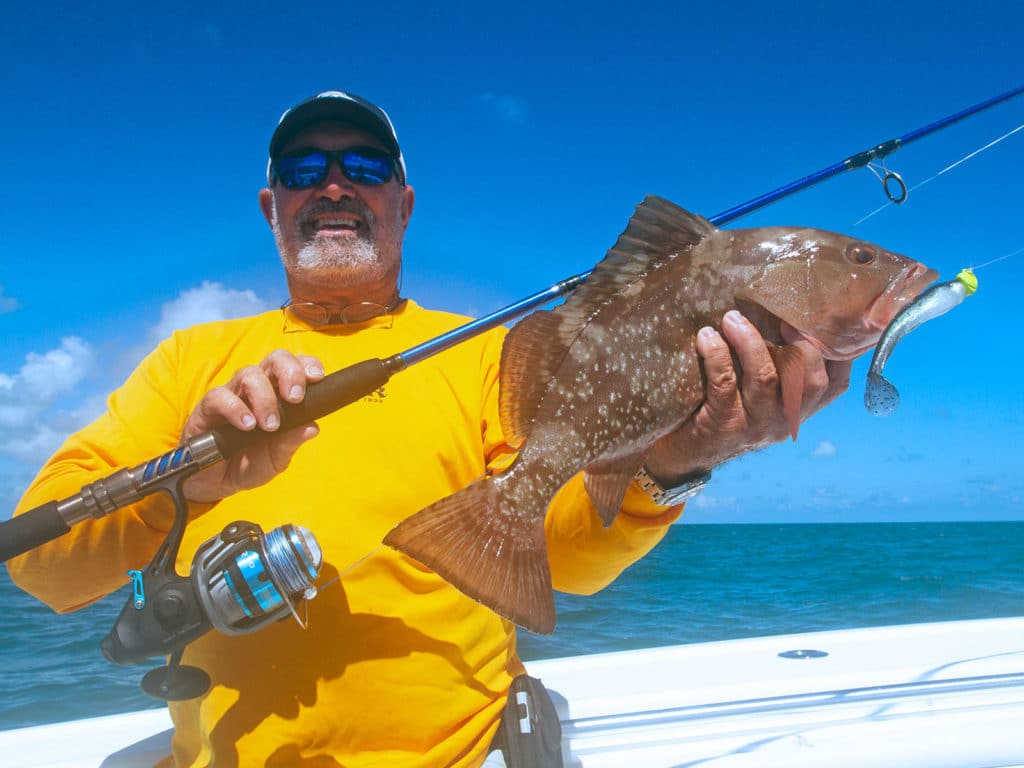
The suit went to a Washington, DC District Court where a decision was recently handed down. Coastal Conservation Association (CCA) and the State of Louisiana both intervened in the lawsuit on behalf of recreational anglers. The Court confirmed an important precedent regarding the use of improved historical recreational harvest data to update allocations in marine fisheries.
“This is an important win for recreational angling,” said Bill Bird, chairman of CCA’s National Government Relations Committee. “It is a technical issue, but with the federal management process set to recalibrate historical recreational data in every fishery, it was absolutely critical to defend the precedent set in Gulf red grouper so that real-world recreational fishing opportunities were not dramatically reduced in the future. We are pleased that the Court has confirmed how these recalibrations should be considered and implemented.”
Because NOAA Fisheries prevailed in this lawsuit, it is likely that more of the species managed under the Plan for Reef Fish Resources of the Gulf of Mexico will see the same kind of reexamination of recreational catches and perhaps changes to the historic landings.
“The Court has confirmed the concept that the recalibration of historical recreational data is not a reallocation; it is simply a data correction that provides a more accurate picture of what is actually happening in a fishery,” said Bird.
Does this mean that recreational shares will increase for all the species?
That is hard to say. Certainly looking around the country, the calibration that was designed to reconcile two different methods of determining recreational data has changed recreational landings both upward and down. Also, many agree that using historic catch data, is not a good way to set allocations, the older the more problematic. Certainly a combination of current catch data, economics and demographics would be a better way.


